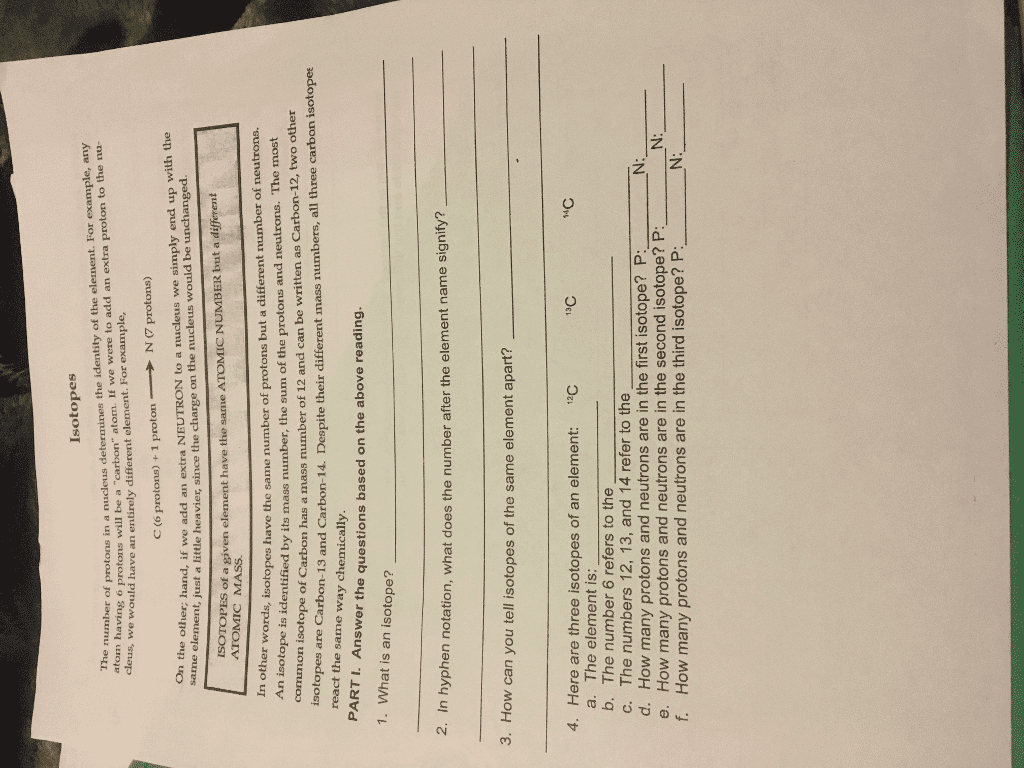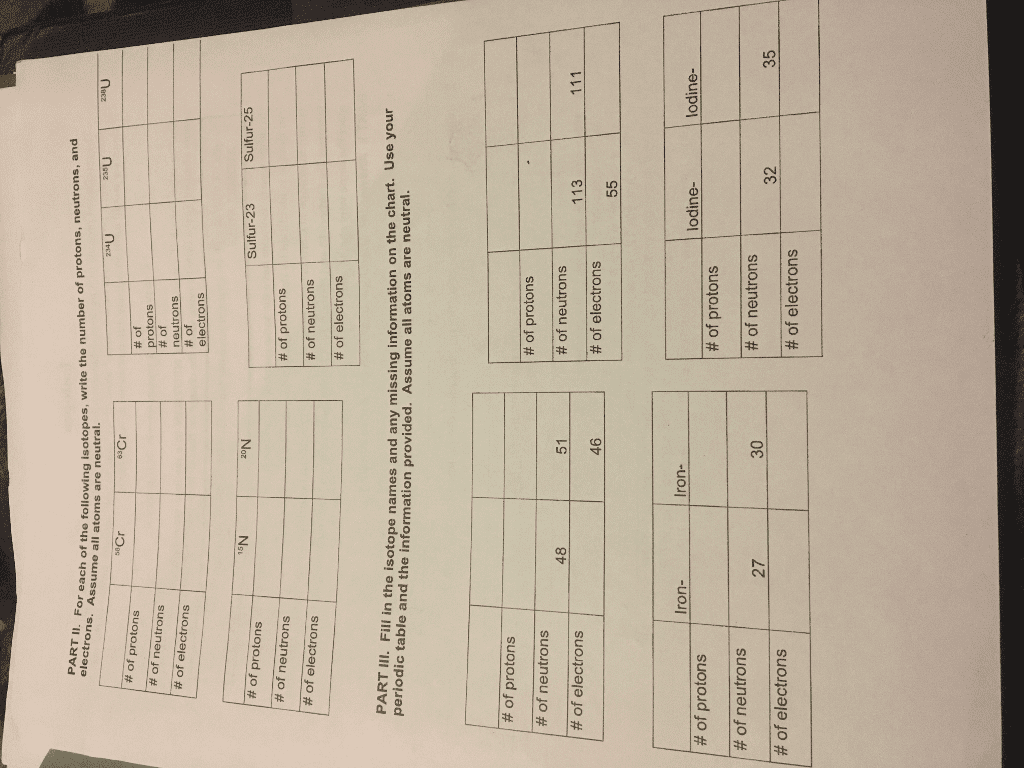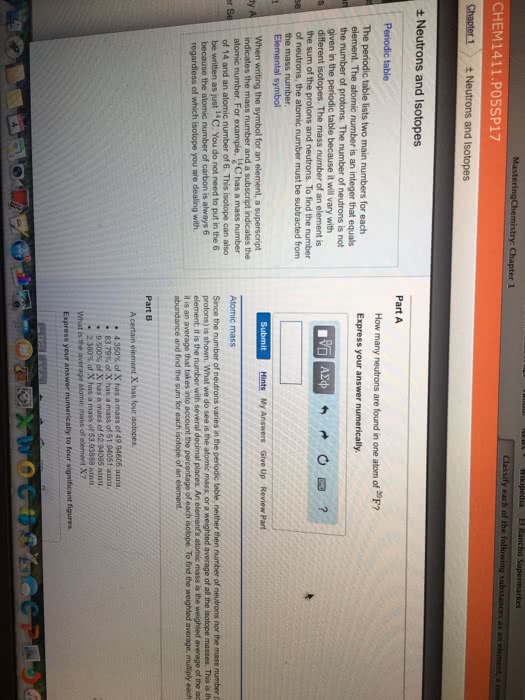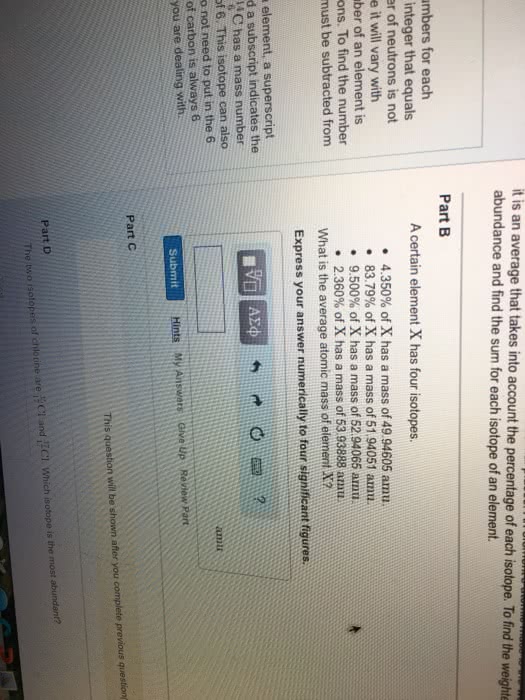CHEM 135 Chapter Notes - Chapter 1.8: Unified Atomic Mass Unit, Atomic Number, Beryllium
Document Summary
Protons and neutrons have nearly identical masses (proton- 1. 6762 x 10^-27 kg, neutron- 1. 67493 x 10^- Atomic mass unit (amu)- mass of a carbon atom containing 6 protons and 6 neutrons. Proton: positive charge (1+, +1. 60218 x 10^-19, number of protons defines the element (atomic number) Electron: negative charge (1-, -1. 60218 x 10^-19) Protons and electrons are present in equal numbers (charge of atom is essentially neutral. Elements are arranged with similar properties in the same column. Chemical symbol- one or two letter abbreviation listed below the atomic number. Natural abundance: calculated by analyzing the % of the certain isotope in the occurring element. Mass number: sum of the number of protons and neutrons in an atom, you can find number of neutrons by subtracting atomic number from the mass number. Ions: occurs when atoms lose or gain electrons and become charged particles in chemical changes, cations.





